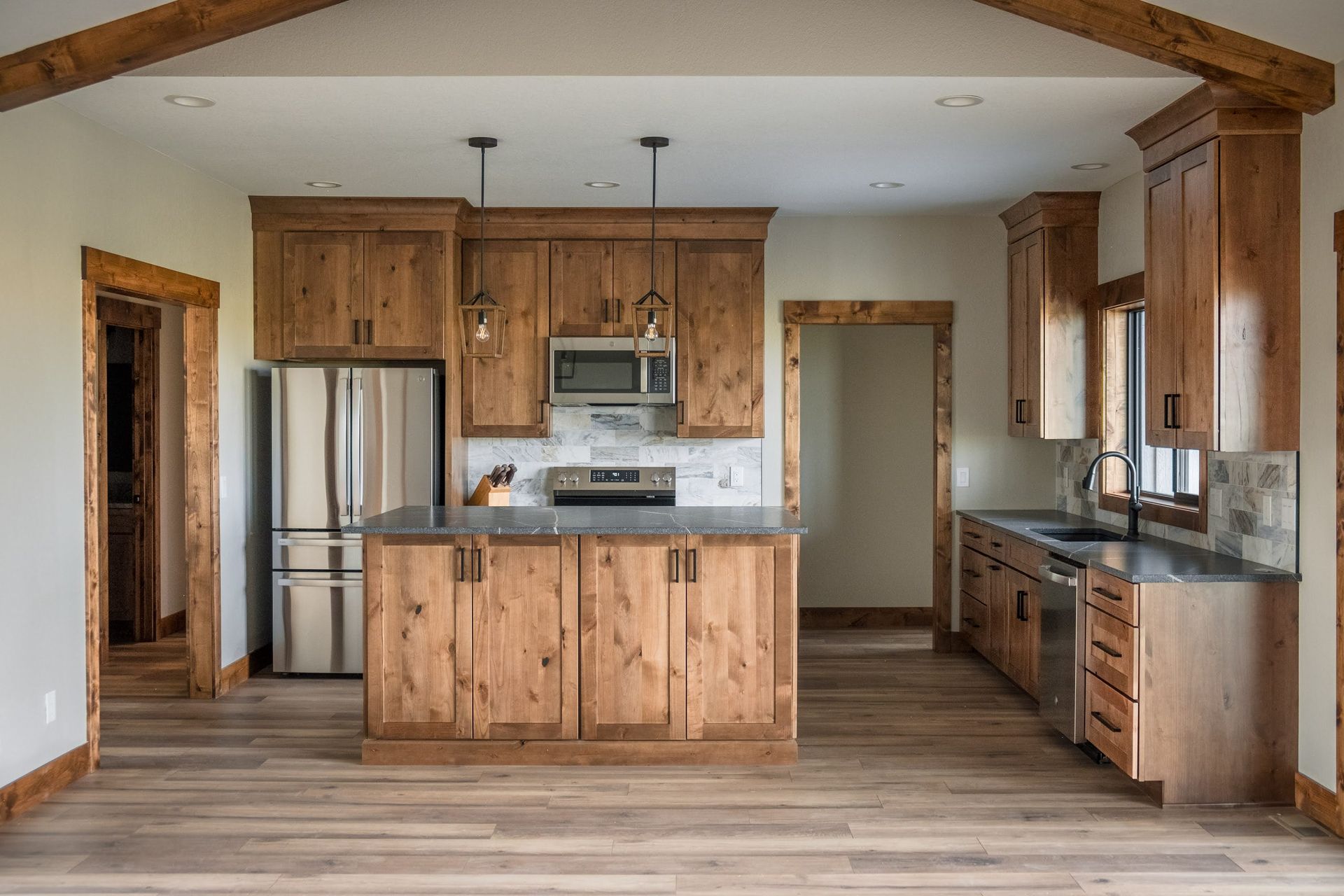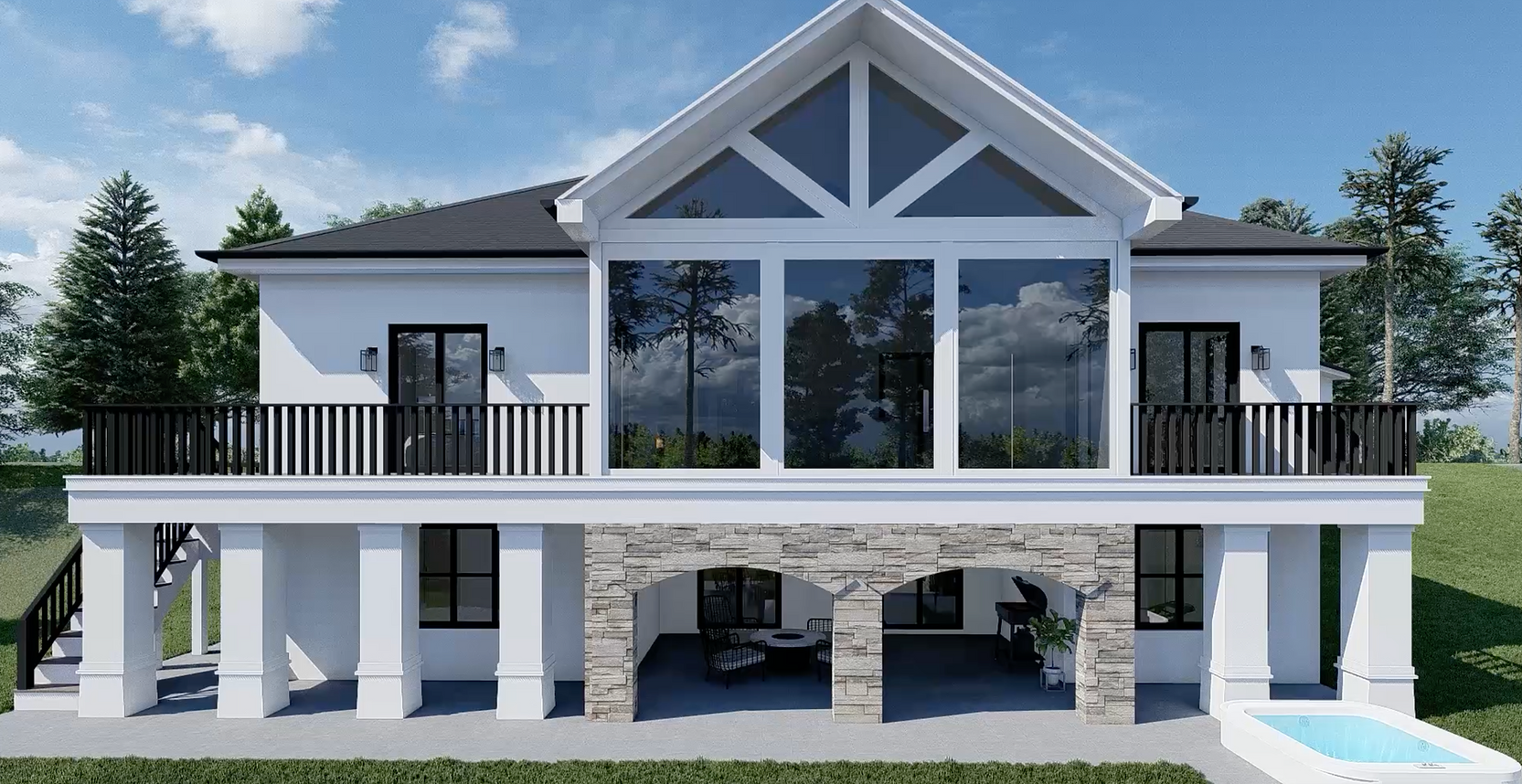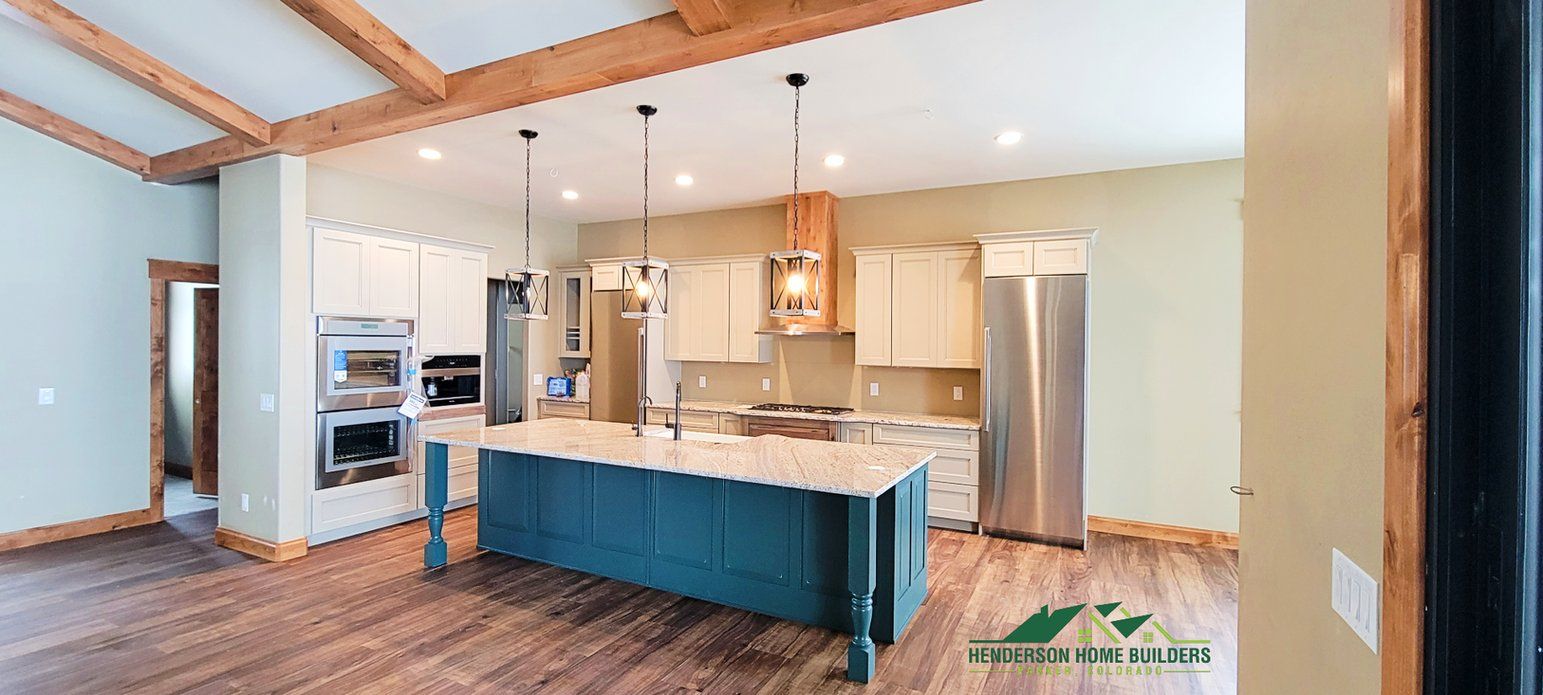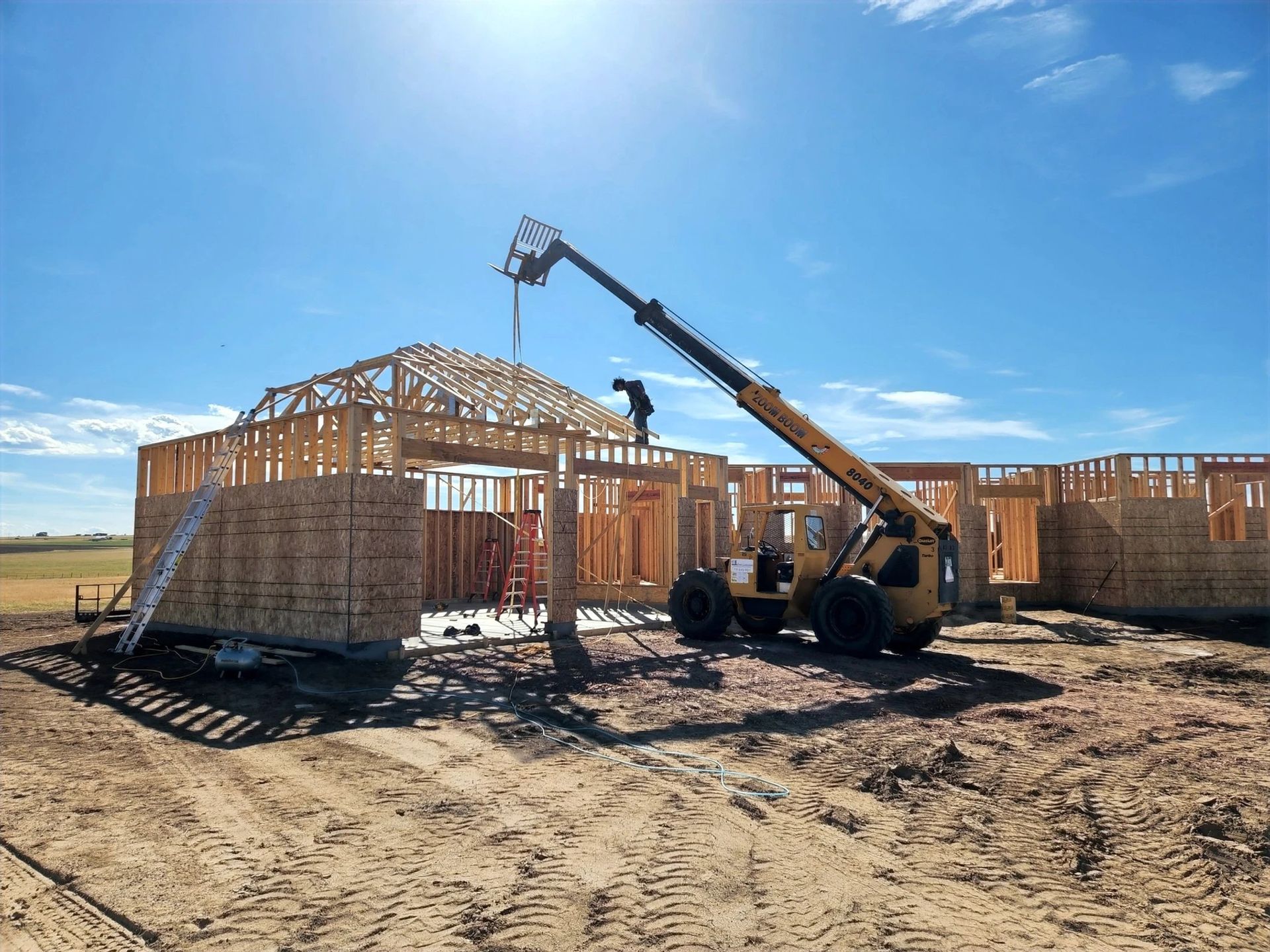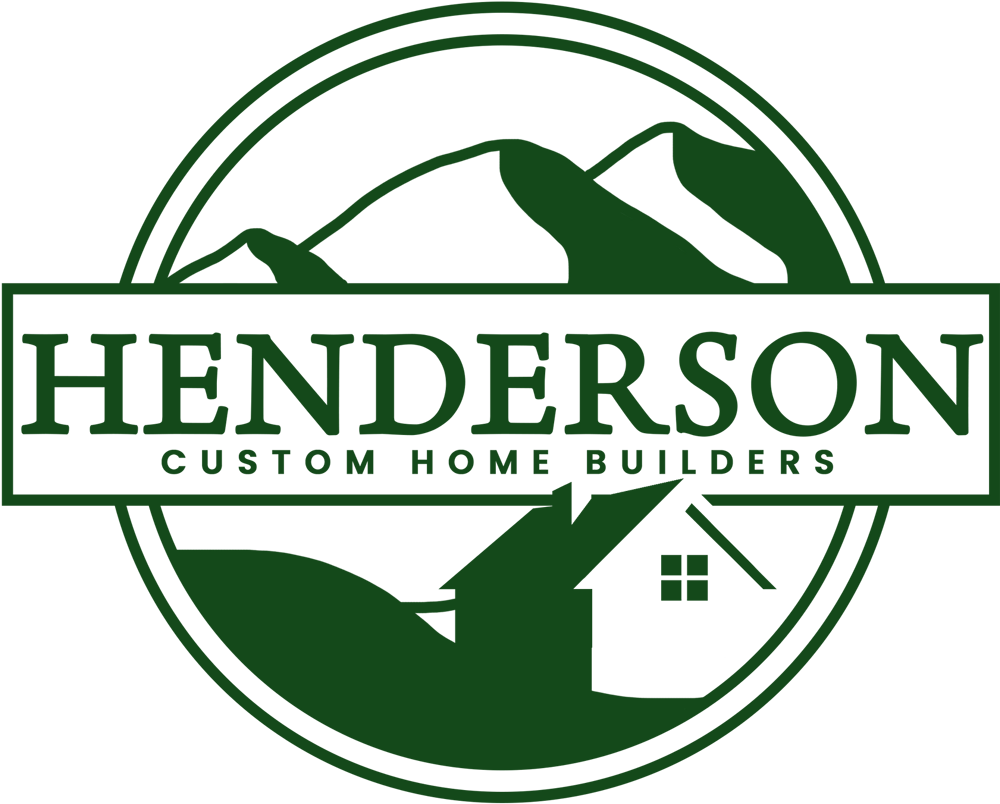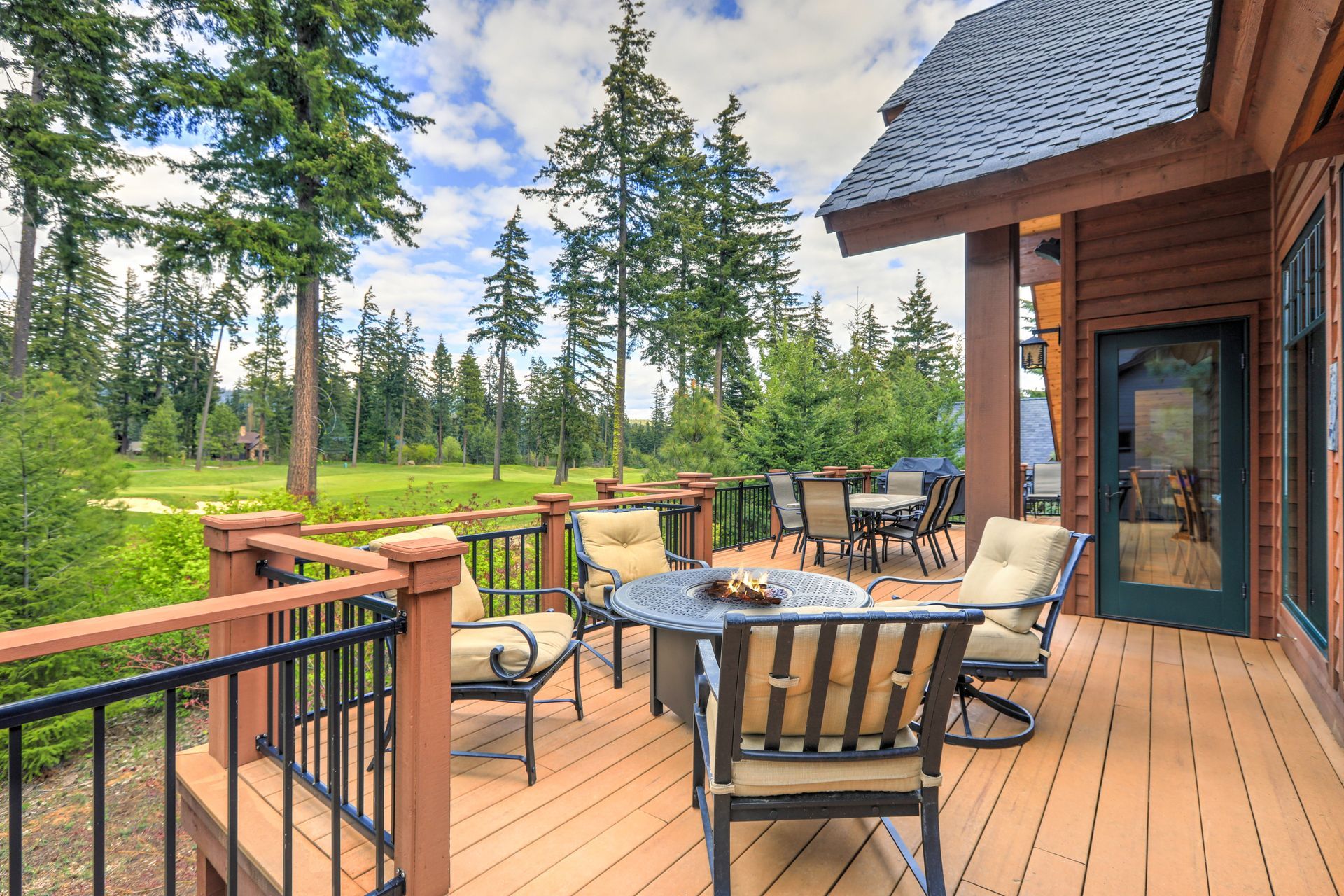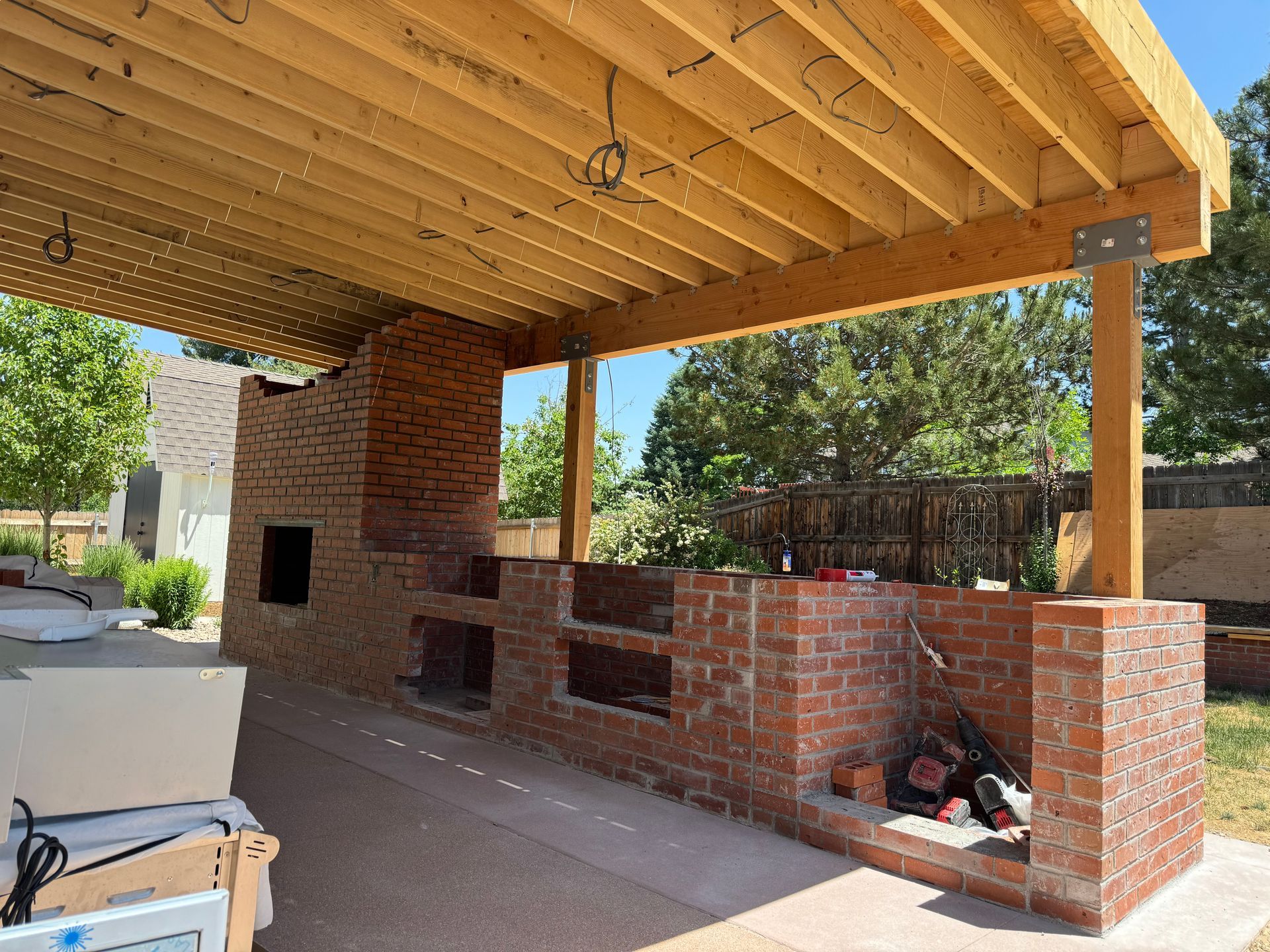Building A Custom Home Vs. Buying an Existing Home
Americans are mobile people. We will move an average of 11 times in our lifetimes. Each time we do, we have a choice to make.
Will we buy a new, custom-built home or move into an existing one? When transitioning to a new town or neighborhood, there is no one-size-fits-all calculator or checklist that can automatically answer this question for you. Instead, you’ll need to carefully consider several factors and how they fit with your personal needs.
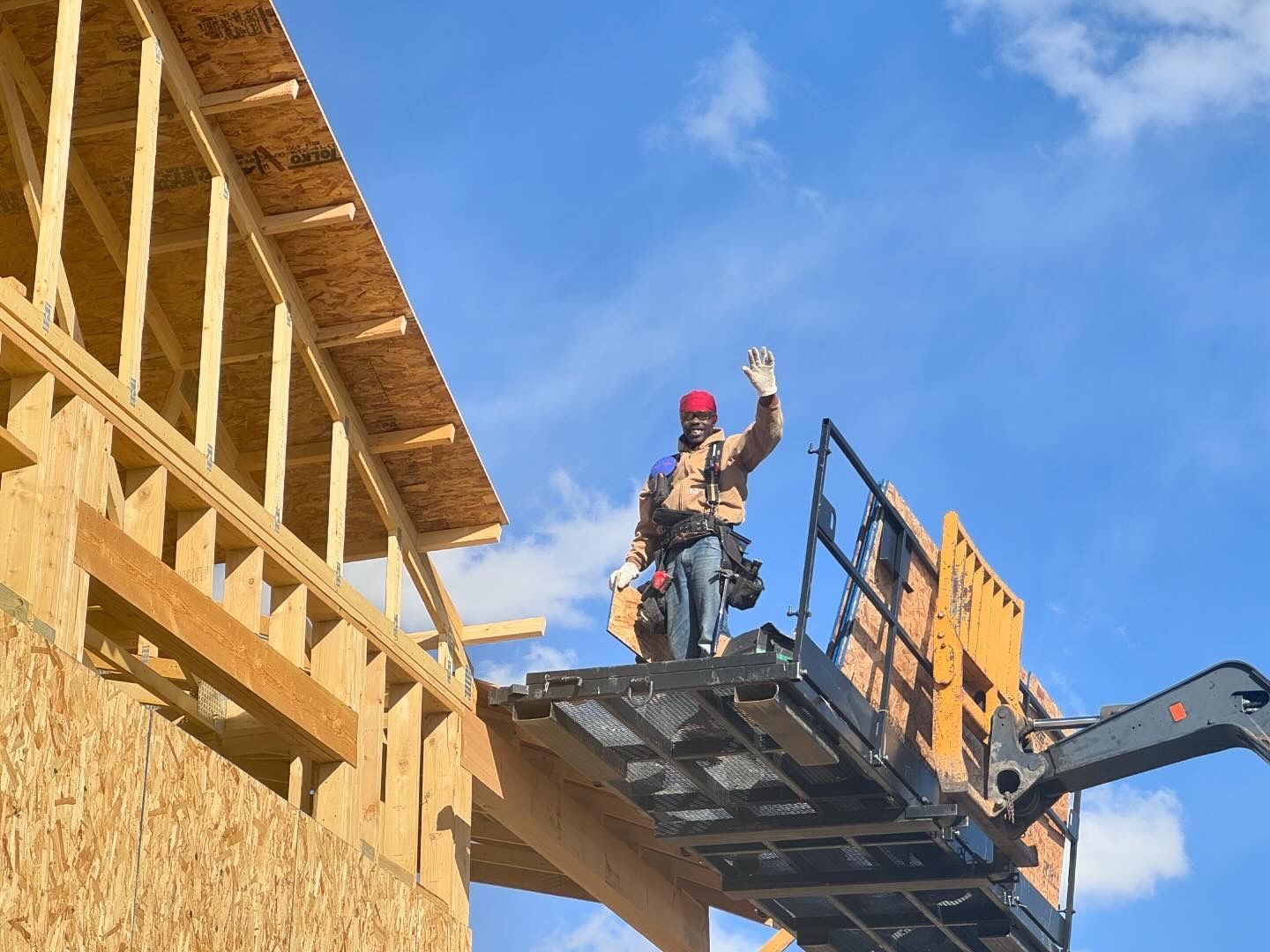
Benefits of New, Custom Homes
- Maintenance costs. When you buy a new home, odds are you won’t be replacing a roof anytime soon. You can typically count on years, decades even, of worry-free living.
While an existing home may save in up-front costs and lower mortgage payments, those savings can be erased quickly by large-scale plumbing or electrical repairs.
- Custom, modern layouts. Even if you’re buying from a large developer with a limited number of exterior styles, you will most likely get a choice of floor plans.
Newer homes tend to have more open designs that reflect modern living, with amenities to match. Small gas fireplaces, instead of large chimneys for burning wood, leave room for big screen TVs. Kitchens with islands extend into living rooms, eliminating walls that can cramp space and isolate family members.
- Long-term operating costs. Energy-efficient building codes mean new homes make for lower utility bills. Double and triple-paned windows, energy-smart appliances, and increased insulation put less demand on heating, ventilation, and air conditioning (HVAC) systems.
- Upgrade options. Many home builders will have a palette of exterior colors and interior finishes to choose from. While some come with a higher price tag, they allow you to step into a home that is already customized to your personal specifications. Get the exact flooring, appliances, and trim you want right out of the gate.
Downsides of New Homes
- Initial cost. The average new home price in the United States in 2022 is $449,000, while the price of a used home comes in at $414,000. That is a $35,000 difference.
Of course, home prices vary wildly across the country. A quick Zillow search will give you a more accurate reading. Expect to pay anywhere from 10%-30% more for a custom-built home.
- Higher property taxes. Higher initial purchase price means higher property taxes. Also, new homes are usually bigger than existing homes and come with more bedrooms and bathrooms. Property taxes are calculated on square footage and number of rooms, so consider this as well when making cost determinations.
- The surprise factor. Buying into a new development means rolling the dice on what the neighborhood will look like in the near future. Will it be filled with young families and children? Older folks? Will the local schools be up to par? How will traffic play out as the neighborhood develops?
Upside of Existing, Older Homes
- Established means easy to assess. A simple walk around an older neighborhood can paint a detailed picture of what you are in for. Are the yards tidy? Lots of kids running around? Do cars speed though? Are there vibrant small businesses nearby?
With a new neighborhood there is a lot of guesswork about your neighbors and livability. Older neighborhoods reveal settled patterns quickly and you may be able to ascertain the mood of the neighborhood better.
- Mature trees. Large trees make for cooler summers, slower traffic, and a general sense of comfort. The nicest new home development won’t come with 20-year-old maple trees that change color in the fall. Large shade trees can only be found in more established neighborhoods.
Downside of Older Homes
- Less square footage. In the last 40 years, American homes have grown over 1,000 square feet. It’s going to be expensive and difficult to find an older home in a nice neighborhood that is as big as a comparable new home.
- The layout. Older homes can be confining. Lower ceilings, smaller shared living spaces, and separated kitchens can feel clunky when you consider how we function in our homes today.
- Lead/Asbestos. Older homes, especially those built before the 1970’s, are likely to contain materials that are illegal to build with today. While lead paint and flooring with asbestos don’t necessarily pose a health threat when undisturbed, they can be extremely costly to remove and replace if you’re going to be doing any remodeling.
Insist that your home inspector check for lead and asbestos and factor the results into your decisions.
- Outdated mechanical. In older homes, electrical, plumbing, and HVAC systems may be outdated and even dangerous. It’s common to replace one or more of these systems. Be aware that any of these three projects can cost upwards of $10,000-$20,000.
A home inspection that analyzes all mechanical systems is money well spent, as you may have room to negotiate with the seller if anything falls short.
- Energy inefficient.
Some older homes were constructed when insulation and moisture barriers were an afterthought. If previous owners never upgraded the attics, walls, and crawlspaces then you can look forward to high energy bills and remodeling projects going forward.
What’s Important to You?
Like the homes we build, everybody’s situation is different. So you need to step back and take a hard look at which of the factors listed above are the most important to you and your family. As with everything in life, buying your next home will involve some trade offs. If you are not afraid of putting sweat equity into an older home, then it could be a budget-friendly option. If you’re tired of the hassle of upkeep and repairs, then a custom-built, new home might be worth looking into.
It’s essential to get this decision – whether to build or buy new — out of the way EARLY in your home-buying process. If you’d like some more information or have a particularly nagging question, feel free to
contact us. We’d be happy to help.
